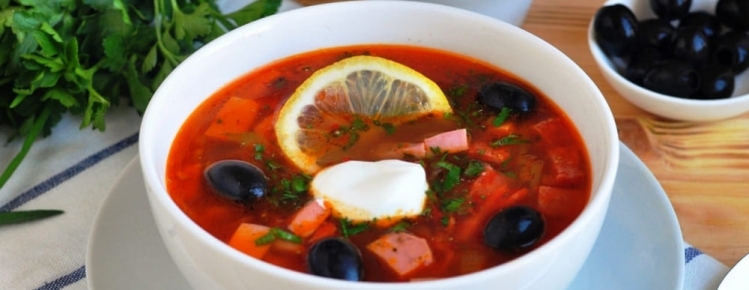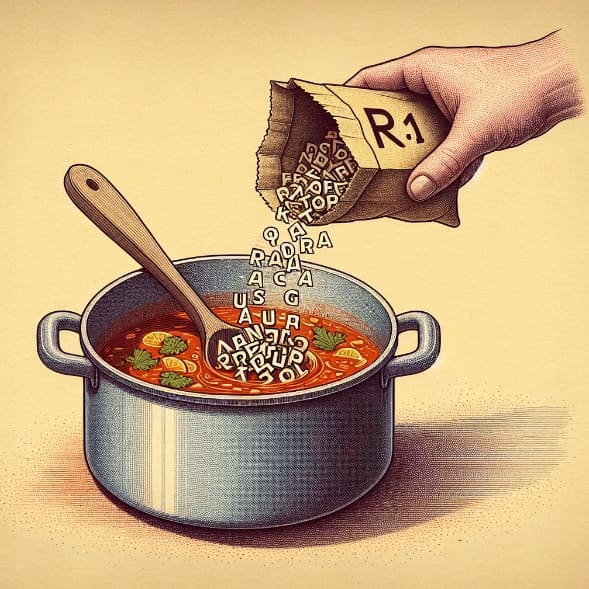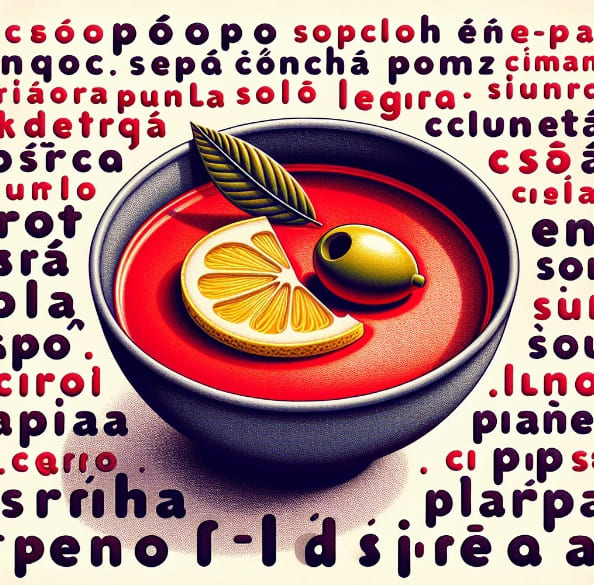
Good day, dear readers and language enthusiasts!
Today, I want to offer you something you haven’t tried before, and I’m sure no country, even the most sophisticated in terms of gastronomy, will pamper you with such an unusual delicacy. Yes, are you ready to taste a new dish and spend a few minutes with us?
So, let’s get started: One, two, three! Author, create a miracle!
Today, we’ll prepare a wonderful, absolutely delicious grammatical "solyanka" (hotchpotch) – but not just any solyanka, a Spanish one. I feel like you’re already getting hungry! Then, make yourself comfortable – this solyanka is going to be incredibly tasty.
The First Ingredient
So, what are we going to add? We’ll add Spanish verbs, as they are literally the "meat" of the Spanish language: everyone’s favorite ham, sausage, beef, smoked sausages. In the Spanish language, everything revolves around verbs, so I suggest we simply make friends with them.
When I first looked into Emily’s notebook in Barcelona, my TEFL course colleague, whose passion was Spanish, I had a cultural shock. I asked, "And what? Do I have to learn all of this?" "Yes!" she proudly replied, looking at my face, which clearly showed great disappointment.
"This is impossible," I thought. But it turns out, everything is possible: the devil is not as black as he's painted. You just need to understand a few small secrets.
For example, let’s conjugate the verb "to sleep" in Russian: я сплю, ты спишь, она спит, он спит, мы спим, вы спите, они спят. Did you notice the endings: -ю, -ишь, -ит, -им, -ите, -ят? Well, in Spanish, all verbs also change according to the person, and in every tense, they change differently. To remember them, let's focus on the present tense endings: *Yo duermo, tú duermes, ella duerme, nosotros dormimos, vosotros dormís, ellos duermen.* So, let’s write down the endings of the Spanish verb *dormir* in the present tense:
- o (I), -es (you), -e (he/she), -imos (we), -is (you plural), -en (they).
You can learn more about conjugation by using WordReference.com. Also, our school’s teachers will suggest excellent online drills to help you memorize verb forms faster.
The Second Ingredient
The meat is cooking, the verbs are being memorized… The next ingredient is "olives." What’s a solyanka without these wonderful Spanish products? There are fewer of them than verbs, but they’re just as delicious. What should you know about nouns in Spanish? Unlike English, they have gender: masculine and feminine, as well as number: singular and plural.
Don’t forget that adjectives, which we use to describe our "olive-nouns," also change based on gender and number. But fortunately for us, not all adjectives change. What adjectives DON’T need to be modified will also be explained by your wonderful teacher.
Those who love articles will be pleased – Spanish has definite and indefinite articles. If you've studied articles in English, this will be easy for you. For fans of German, I have some bad news: there’s no neuter gender in Spanish, so we can all breathe a sigh of relief.

The Third Ingredient
No solyanka is complete without lemon – it’s money down the drain if you don’t add it!
Let’s add adverbs. To form adverbs in English, we typically add the suffix -ly, like: bad – badly, beautiful – beautifully. With adverbs, your speech will sound more interesting and convincing, since they describe verbs. Spanish has a similar flavor-enhancer – do you want to try it? Well, I’ll share the secret. It’s the suffix -mente. For example: *probablemente, desafortunadamente, actualmente.*
Spices
Ah, our solyanka! There’s just a little bit left: capers, pickles, tomato paste. Let’s add spices and herbs – and the dish is ready!
Do you want to taste Spanish grammar? Be sure to try different solyankas until you’ve mastered using the verbs automatically. And that will definitely happen if you try your best.
Thank you for your attention. The dish turned out to be robust since we made it together, with love. Don’t forget to sign up for a trial lesson with us, hasta pronto! See you soon!






























